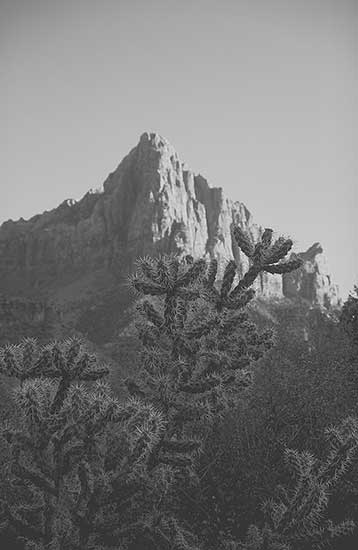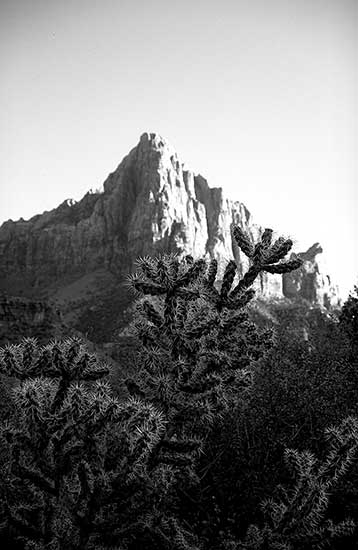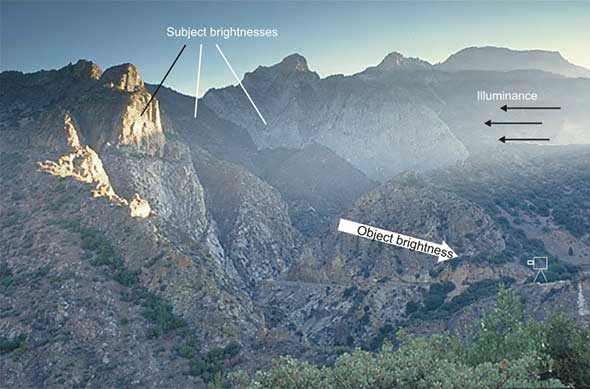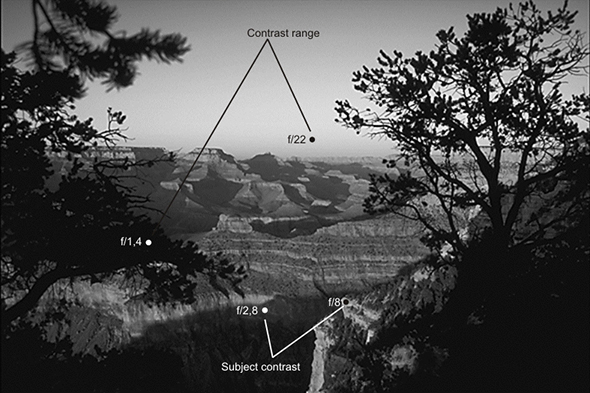You are here: Nature Science Photography – Contrast – Basics
Every visual perception or photographic image begins with contrast, as it is only through its presence that objects come into existence for us. The following quotation illuminates this connection well:
„Any object … can only be perceived by the eye … if it stands out from its surroundings by a luminance different from that of the surroundings. Details in it are likewise to be recognized only if they differ from neighboring details in their luminance, so that corresponding differences in the illuminance on the retina or on the light-sensitive layer occur. Contrast is used as a measure of such differences. It is generally defined as the ratio between the luminance of the surrounding LU and that of the object LO.“
Michel, Kurt 1967; Die wissenschaftliche und angewandte Photographie. Band 10: Die Mikrophotographie; page 99
But the term contrast is used in many different contexts, and to avoid misunderstandings, we must first define what we are talking about here. Contrast, derived from the Latin words contra („against“) and stare („stand“), signifies the opposite of something. In terms of the visual system, these are intensity values and brightness values. This is because contrast perception turns differences in physical intensity (like the incident illuminance in lux or the retinal illuminance in troland) into differences in perceived brightness, which is felt as intensity. In terms of photography, we are dealing with contrast reproduction. In analog photography, we refer to the quantities as exposure values and density values, while in digital recording systems, we refer to them as exposure values and data values (binary values).
So contrast is somehow always the difference between light and dark, and contrast capability characterizes the ability to process these differences. The contrast range is the difference between the smallest and the largest luminance, brightness or density. A high-contrast image is characterized by a large difference between black and white, while a low-contrast image is characterized by closely spaced brightness values, as can be seen well in Figures 1 and 2 . The limited contrast capacity of many photographic materials compared to our visual system is responsible for most misunderstandings and subjectively unsatisfactory images.

Figure 1: Image low contrast

Since phototechnics allows us to determine the distance between light and dark in various contexts, we want to first distinguish these different types from each other. Firstly, we consider the two forms we typically encounter physically. The illumination contrast refers to the difference between the highest and lowest intensity of illumination applied to the subject. The object contrast means the difference between the brightest and the darkest part of an object (object brightness). It is caused by the different reflective properties of the various surfaces and is therefore independent of the illumination.
Figure 3 illustrates the relationship between the involved quantities illuminance, object brightness and the resulting subject brightness.

The resulting types of contrast rank second. The subject contrast defines the difference between the largest and the smallest amount of light emanating from a subject. It depends on the illumination and the subject’s ability to reflect it. The exposure range refers to the difference between the maximum and minimum exposure that the subject’s contrast causes on the film, and it remains the same after subtracting the contrast reduction caused by stray light in the lens and camera body. We want to call the permissible exposure range the difference between the brightest and the darkest part of the subject in which details should still be recognizable in the image. – I’m sorry, but the splitting of hairs and the use of words is necessary so that we know what we are talking about when we examine the contrast behavior of the different image carriers in the following.

To describe the contrast metrologically, one uses the contrast ratio between the luminance of the brightest and the darkest point. For the brightness values of natural scenes or images, the contrast ratio is defined as
Contrast ratio = maximum brightness / minimum brightness
Next The Logarithm
Main Contrast
If you found this post useful and want to support the continuation of my writing without intrusive advertising, please consider supporting. Your assistance goes towards helping make the content on this website even better. If you’d like to make a one-time ‘tip’ and buy me a coffee, I have a Ko-Fi page. Your support means a lot. Thank you!


 Since I started my first website in the year 2000, I’ve written and published ten books in the German language about photographing the amazing natural wonders of the American West, the details of our visual perception and its photography-related counterparts, and tried to shed some light on the immaterial concepts of quantum and chaos. Now all this material becomes freely accessible on this dedicated English website. I hope many of you find answers and inspiration there. My books are on
Since I started my first website in the year 2000, I’ve written and published ten books in the German language about photographing the amazing natural wonders of the American West, the details of our visual perception and its photography-related counterparts, and tried to shed some light on the immaterial concepts of quantum and chaos. Now all this material becomes freely accessible on this dedicated English website. I hope many of you find answers and inspiration there. My books are on